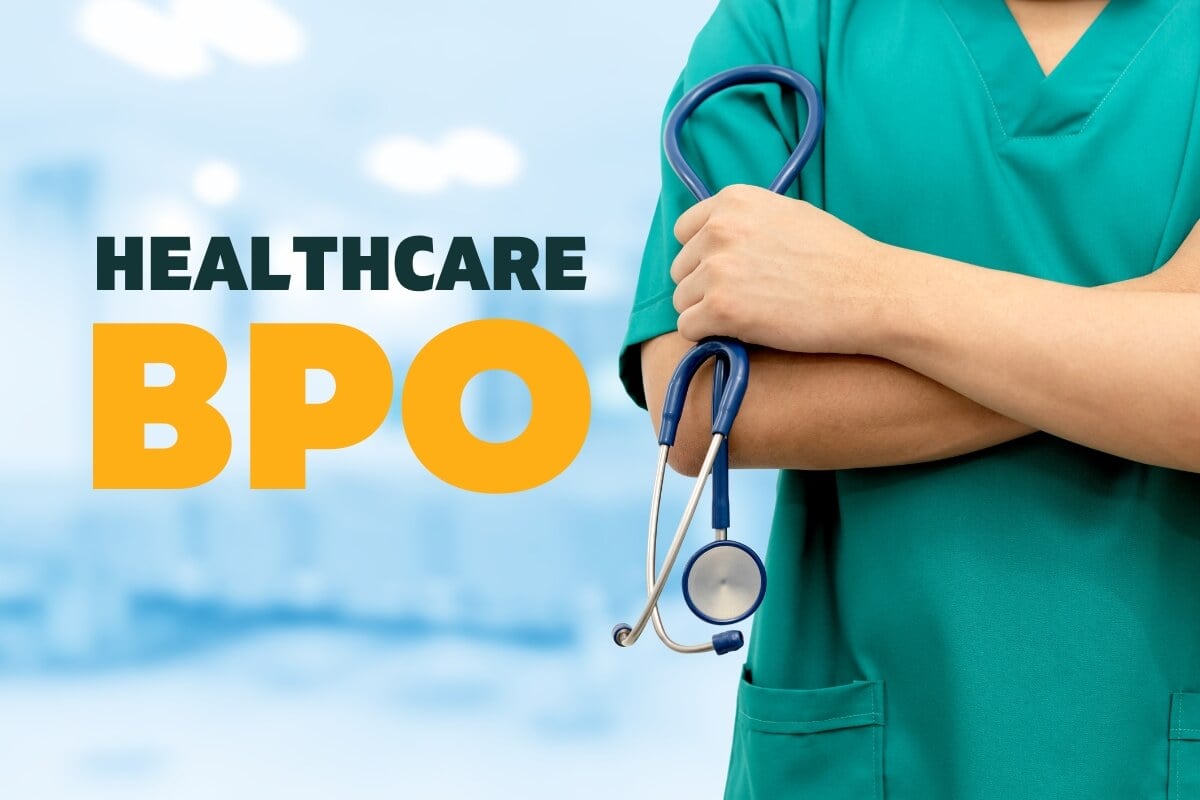Healthcare RCM: Enhance Income Cycle Monitoring for Better Outcomes
Healthcare RCM: Enhance Income Cycle Monitoring for Better Outcomes
Blog Article
A Comprehensive Overview on Exactly How Health Care RCM Works to Streamline Payment and Collections
Navigating the complexities of medical care profits cycle administration (RCM) is important for suppliers aiming to boost their invoicing and collections processes. The guide unpacks the intricacies of RCM, from person enrollment to accounts receivable administration, using insights into maximizing each step. Incorporating sophisticated modern technology and standard treatments can dramatically minimize case denials and increase payment cycles. Yet, truth obstacle depends on effortlessly merging these aspects to boost money circulation. As we explore the core elements and strategies that drive effectiveness, one question stays: just how can healthcare entities ideal position themselves to prosper monetarily in an ever-evolving market?
Understanding Revenue Cycle Management
RCM is a critical management feature that incorporates the whole economic procedure of client treatment, from the preliminary appointment setting to the final repayment of the balance. It is an intricate treatment developed to identify, gather, and handle the revenue from the solutions offered to patients.
The RCM procedure begins when a person routines an appointment and expands through the person's care trip, including invoicing and collections. A key purpose is to decrease the time in between offering a service and getting settlement, therefore enhancing the company's monetary wellness. RCM includes various features such as individual enrollment, insurance coverage verification, charge capture, coding, asserts entry, settlement uploading, and dealing with rejections and appeals.
Key Parts of RCM
In the world of Profits Cycle Management (RCM), recognizing its vital components is fundamental to achieving economic effectiveness within healthcare companies. RCM is an extensive procedure that incorporates various stages, each essential to making sure reliable payment and collections. The primary components include individual enrollment, insurance policy confirmation, cost capture, coding, claim submission, payment publishing, and balance due monitoring.


When coded, cases are sent to payers, where precision is extremely important to stay clear of delays or rejections - Healthcare RCM. Payment posting involves tape-recording the gotten repayments, which permits the settlement of accounts. Lastly, accounts receivable management concentrates on tracking and dealing with unpaid claims, making sure prompt follow-up and resolution
Each part of RCM is adjoined, and ineffectiveness in any type of component can interfere with the whole cycle. Therefore, mastering these elements is essential for healthcare suppliers to maximize profits and improve their monetary health and wellness.
Techniques for Efficient Billing

Systematizing invoicing treatments throughout the company is one more essential method. Establishing clear guidelines for paperwork, coding, and entry assists preserve consistency and compliance with regulatory demands. Educating staff consistently on these treatments guarantees everyone is visit site current with the most recent changes in payment codes and payer plans.
Accurate fee capture is important in avoiding earnings leak. Executing normal audits and tracking systems allows for the identification and modification of disparities before they influence income. In addition, preserving open lines of interaction with payers assists to promptly fix any conflicts or misunderstandings that might occur.

Finally, interesting individuals early in the payment procedure by offering clear estimates and instructional products about their economic duties can substantially decrease complication and enhance payment timeliness. These strategies jointly add to a more monetarily healthy and balanced and efficient payment system.
Enhancing Collections Procedures
A durable collections process is crucial for keeping monetary security within healthcare organizations. Given the complexities of clinical payment and the range of payer needs, enhancing the collections process entails executing critical measures that ensure accurate and timely repayment of solutions rendered. Central to this is the use of innovation to automate and simplify processes, improving and decreasing hands-on mistakes performance. Automation devices can assist in tracking insurance claim standings, sending out prompt reminders to individuals, and taking care of rejections more efficiently.
Educating team to recognize the subtleties of insurance coverage and invoicing codes is similarly necessary. This understanding equips them to attend to invoicing inconsistencies swiftly and interact successfully with individuals regarding their monetary obligations. Moreover, transparent and clear individual communications are important. Offering detailed descriptions of fees and offering adaptable repayment plans can raise individual fulfillment and timely repayments.
Normal audits of the collections process need to be performed to identify locations for improvement and make certain compliance with laws. By assessing data, medical care organizations can determine trends, anticipate potential problems, and adapt approaches as necessary (Healthcare RCM). Ultimately, a well-enhanced collections procedure not just supports economic health however additionally contributes to a much more seamless experience for people and staff alike
Optimizing Profits Streams
Building upon the foundation of a strong collections procedure, medical care organizations can even more strengthen their financial stability by tactically optimizing revenue streams. This includes a multi-faceted technique, starting with an extensive evaluation of existing revenue sources to determine inefficiencies and areas for development. Employing sophisticated information analytics devices enables organizations to acquire understandings right into payer mix, person demographics, and service usage patterns, enabling data-driven choices that boost revenue capture.
Executing automated invoicing systems can dramatically minimize mistakes and expedite claims processing, making certain that revenue is accumulated much more effectively. Additionally, enhancing payer contracts with routine settlements can enhance Homepage compensation rates and terms, straight influencing the lower line. Expanding service offerings, such as including telehealth or wellness programs, can likewise draw in a wider client base, thus increasing revenue possibility.
One more important element is enhancing patient involvement and contentment, as pleased clients are most likely to comply with treatment strategies and make prompt payments. Providing adaptable repayment options and clear invoicing practices can boost collections and foster individual loyalty. Healthcare RCM. By adopting these approaches, health care companies can produce a more resistant financial framework, making sure sustained development and stability in an ever-changing market landscape
Conclusion
In final thought, healthcare Earnings Cycle Management (RCM) plays a crucial duty in optimizing invoicing and collections procedures by integrating vital elements such as person registration, insurance policy verification, fee capture, coding, asserts submission, and receivable management. By utilizing innovative innovation, systematizing procedures, and cultivating patient engagement, health care carriers can substantially decrease claim denials, accelerate payment cycles, and improve capital. This detailed strategy to RCM ultimately results in enhanced economic performance and sustainability for healthcare organizations.
The RCM process begins when an individual timetables an appointment and extends with the individual's care trip, including billing and collections.One more important part is boosting patient engagement and contentment, as completely satisfied patients are more likely to adhere to treatment plans and make prompt settlements. Offering flexible payment options and transparent payment practices can improve collections and foster patient loyalty.In conclusion, healthcare Revenue Cycle Administration (RCM) plays a vital function next in enhancing billing and collections processes by incorporating vital parts such as individual registration, insurance coverage verification, charge capture, coding, asserts entry, and accounts receivable administration. By utilizing sophisticated innovation, standardizing procedures, and promoting person involvement, healthcare companies can substantially decrease claim rejections, speed up payment cycles, and boost money flow.
Report this page